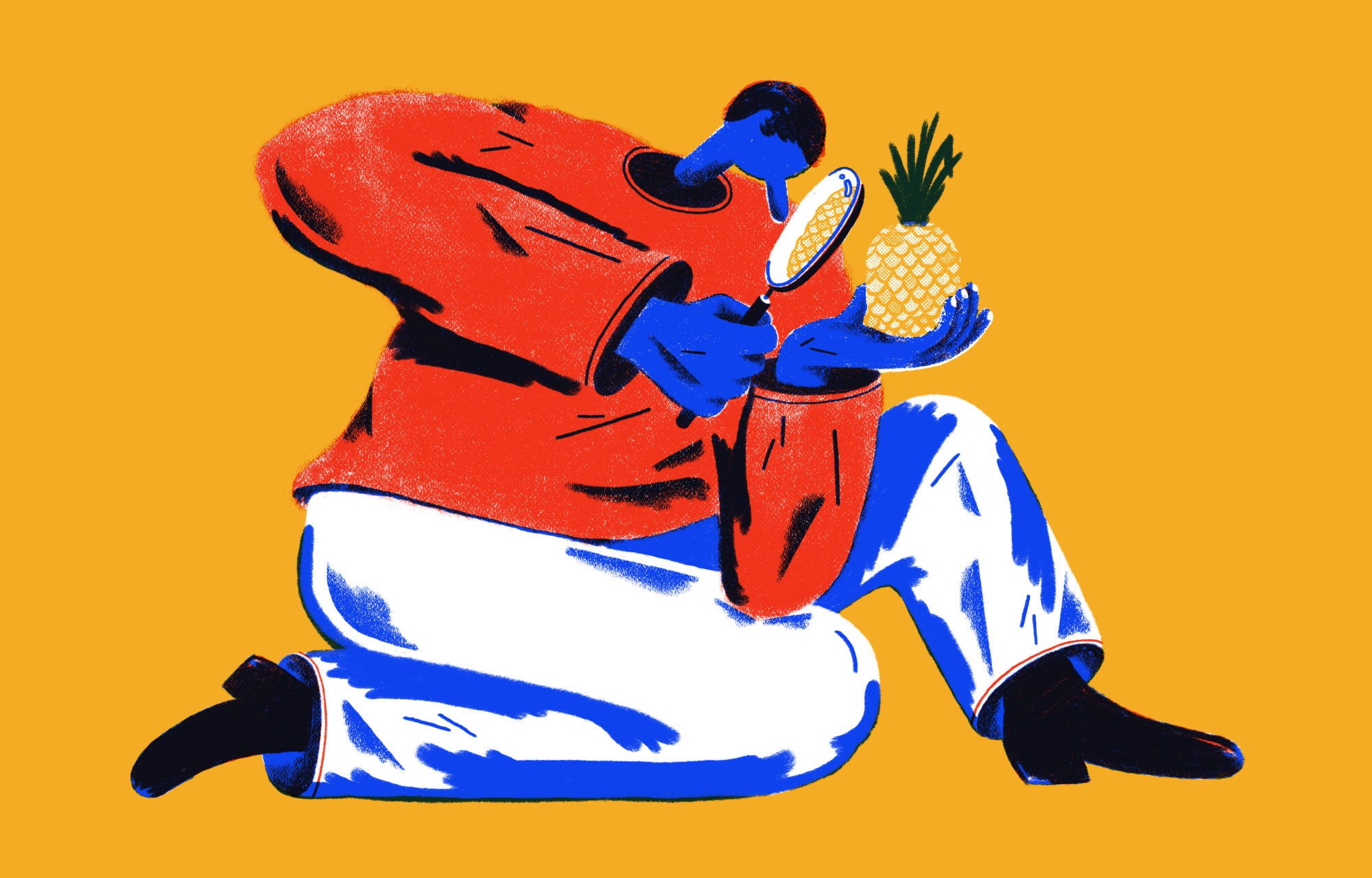
Thomas Jefferson had some thoughts about history. “I like the dreams of the future better than the history of the past,” he once told John Adams. We agree with you, Thomas Jefferson. Sort of. The future is always ahead of us, and as we—the editors of TASTE—turn another page on the calendar, we’re excited for what lies ahead in the world of home cooking. But with that said, and with respect to Thomas “quote machine” Jefferson, we do think that Heather Arndt Anderson’s deep dive into Victorian-era celery culture is pretty entertaining. As is Tatiana Bautista’s deep look at bread machines in the 1990s. As is John Kessler’s return to the fine-dining trends of the 1980s. As is Sara Franklin’s detailed assessment of the history of the American cookbook, from Clementine Paddleford to James Beard to Martha Stewart. As is Allison Robicelli’s report on doughnut lassies from World War I. We really love looking at food history, both popular and bizarre. Here are 15 that really stuck out.

feature
The Great American Cookbook?
For almost as long as America has existed, cookbook authors have been using food to capture its identity.
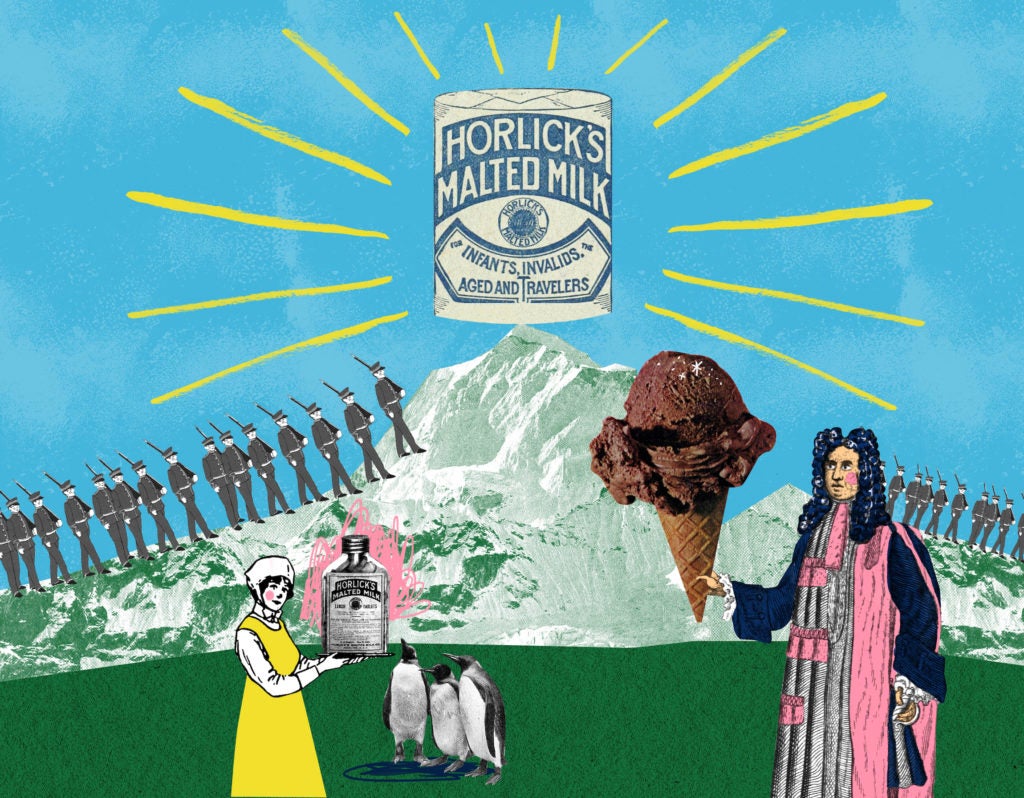
feature
The Official Drink of Arctic Exploration
Malted milk powder may have turned into a nostalgic dessert flavoring, but it all started out as a way to feed babies and explorers.

feature
Before Guy, There Was Graham
In his brief but influential television career, Graham Kerr taught people to cook heartily, with lots of clarified butter, and laugh even harder.
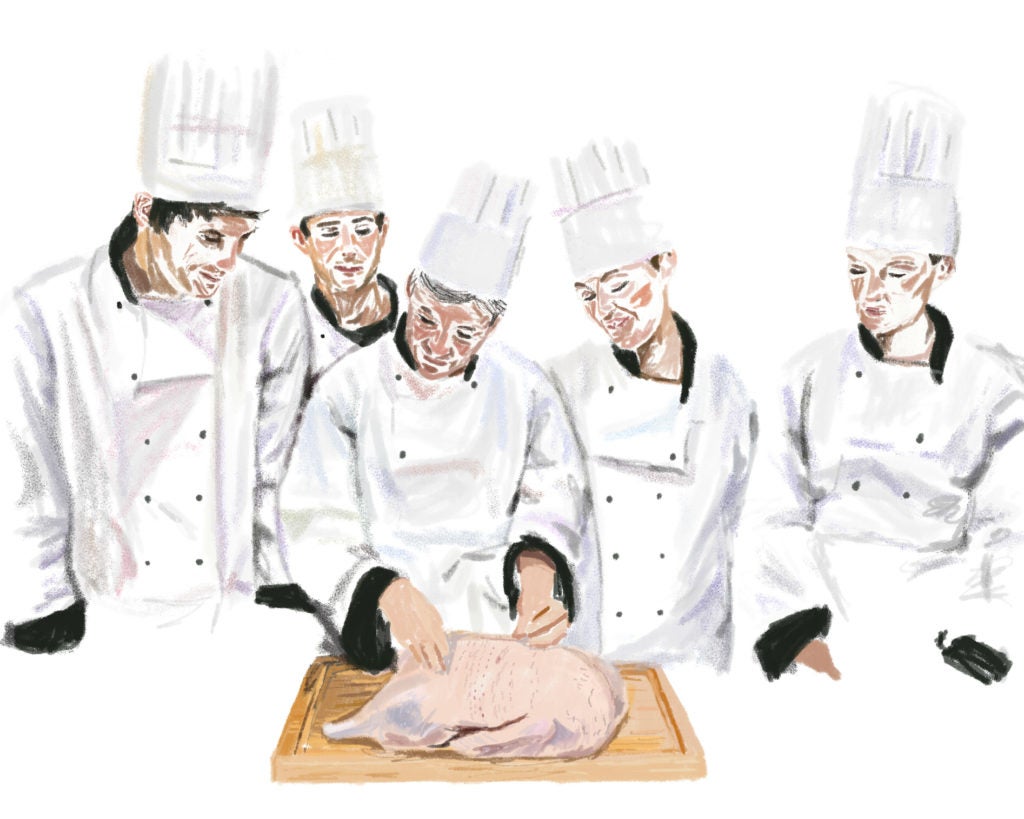
feature
Duck Two Ways
Here John Kessler recalls his time at the L’Academie de Cuisine in Bethesda, Maryland, during the 1986-1987 academic year. On the menu: Duck.
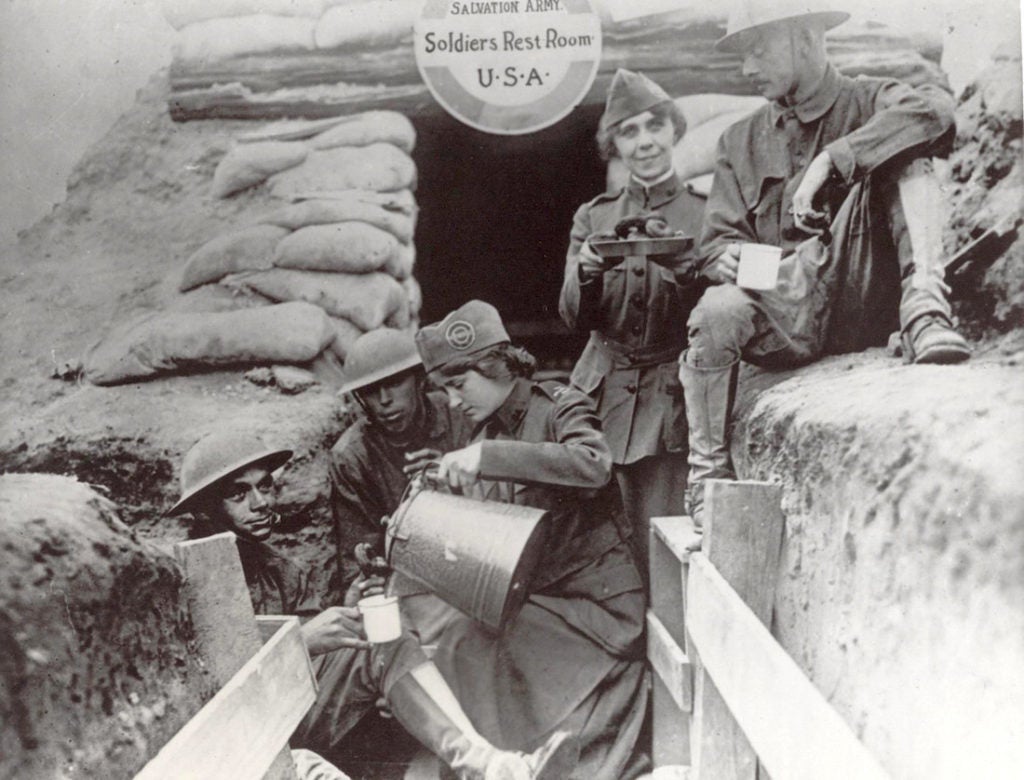
feature
Doughnut Lassies on the Front Lines
Doughnuts may seem like a timeless piece of Americana, but they became popular in France, thanks to some resourceful young members of the Salvation Army.
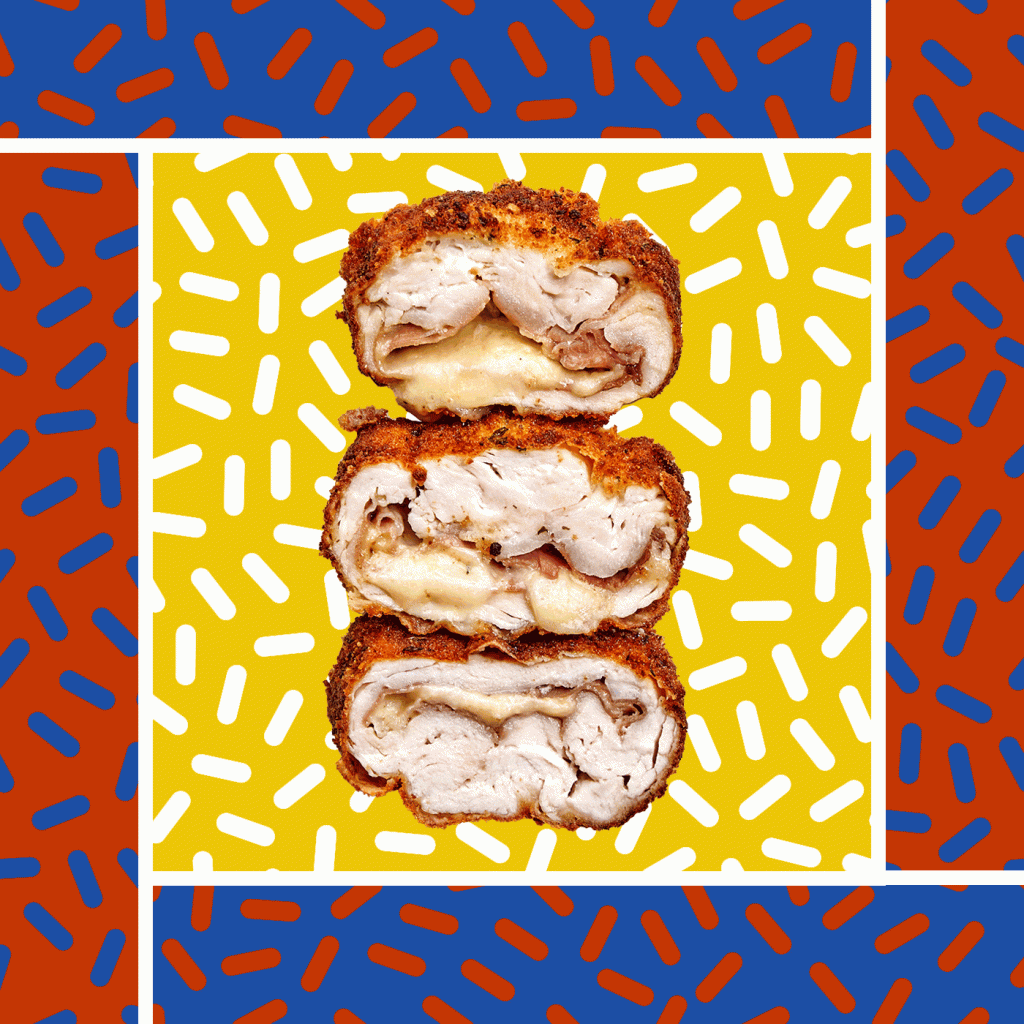
feature
Cooking in the 1980s
A blood-splashed culinary school binder recalls the timelessness of French culinary pedagogy and the bold awfulness of ’80s restaurant food.
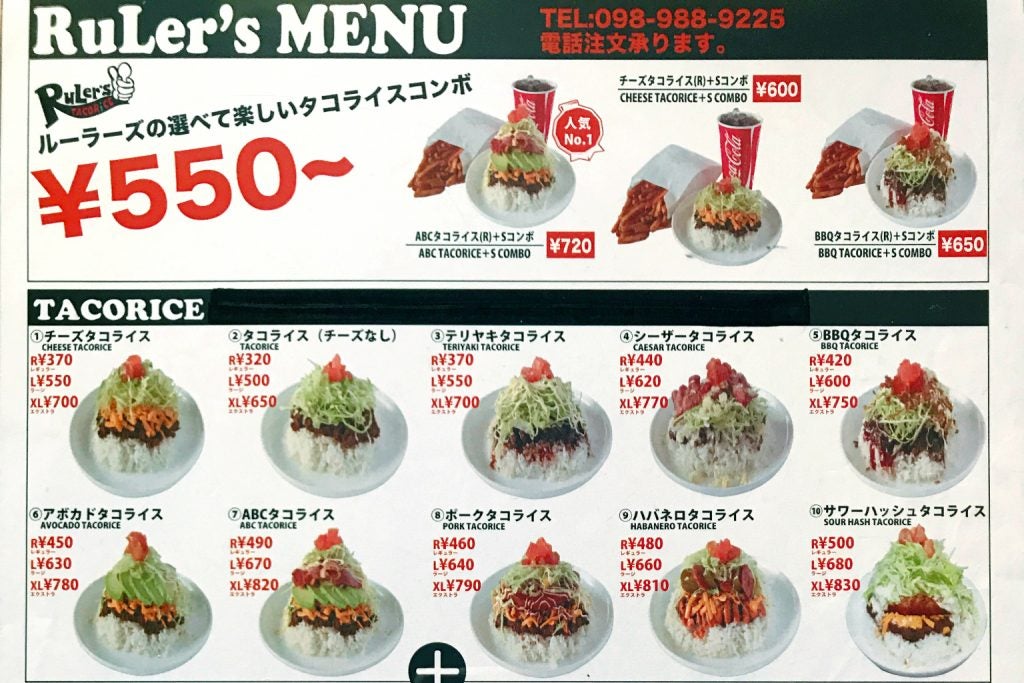
feature
Japan’s Taco Rice Obsession
Taco-seasoned ground meat, served over rice, has become incredibly popular in Japanese kitchens. So where did it come from?
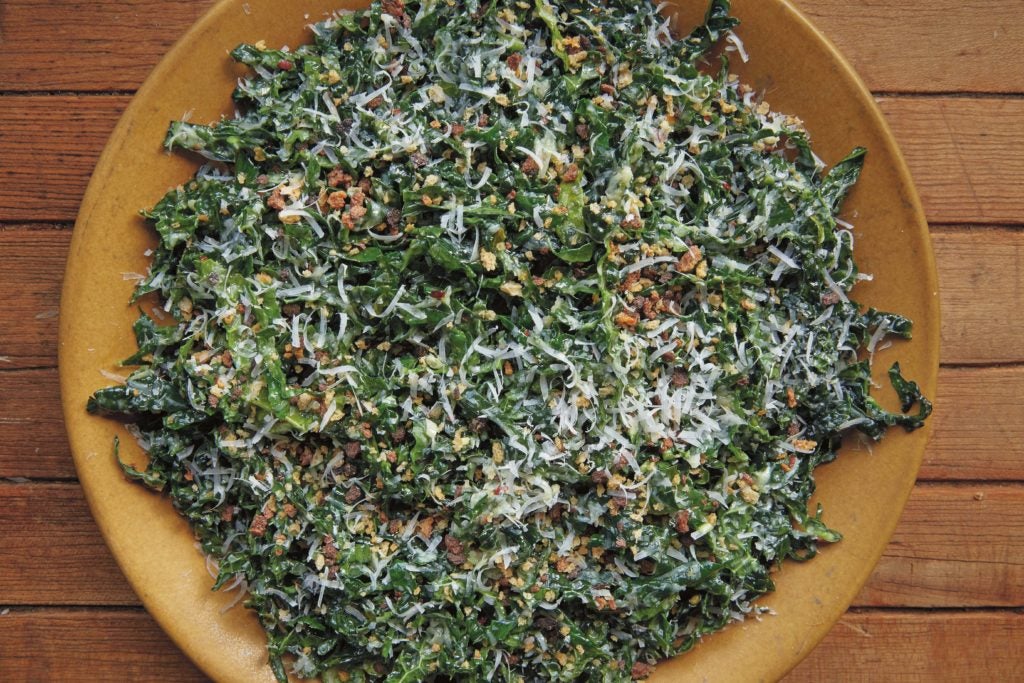
feature
The 10th Anniversary of the Kale Salad as We Know It
How a humble Italian braising green became an American reinvention story.
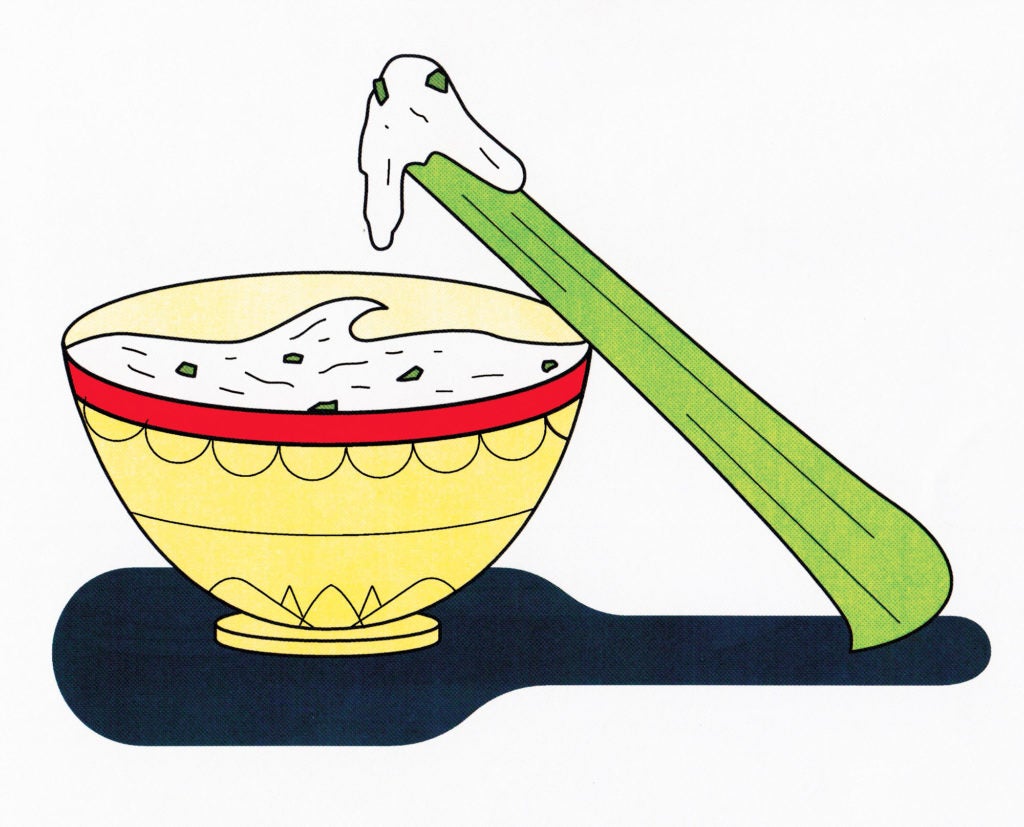
feature
Celery Was the Avocado Toast of the Victorian Era
Stored in fancy vases. Cooked with care and finesse. Served in the Titanic’s first-class cabin. There were days when celery was not just boring crudité, but a luxury.
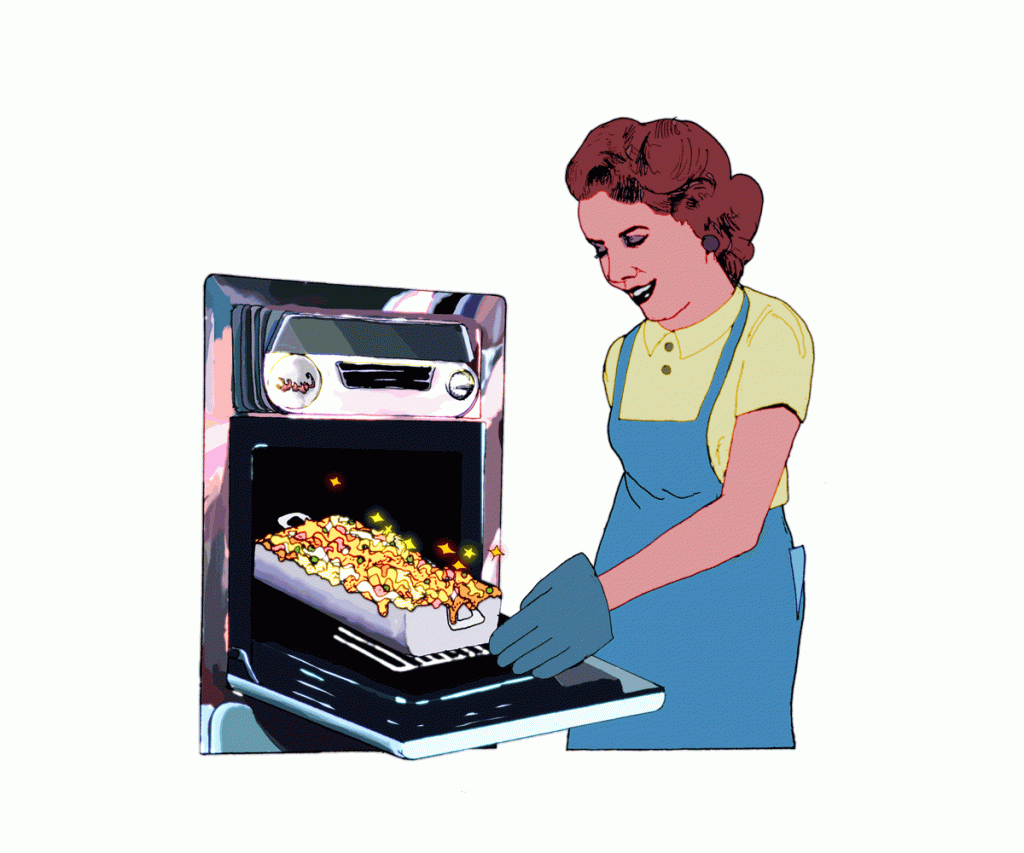
feature
A Brief History of Tuna Casserole
Although most associated with 1950s Middle America, this iconic bootstrap recipe first popped up in the Pacific Northwest in 1930.
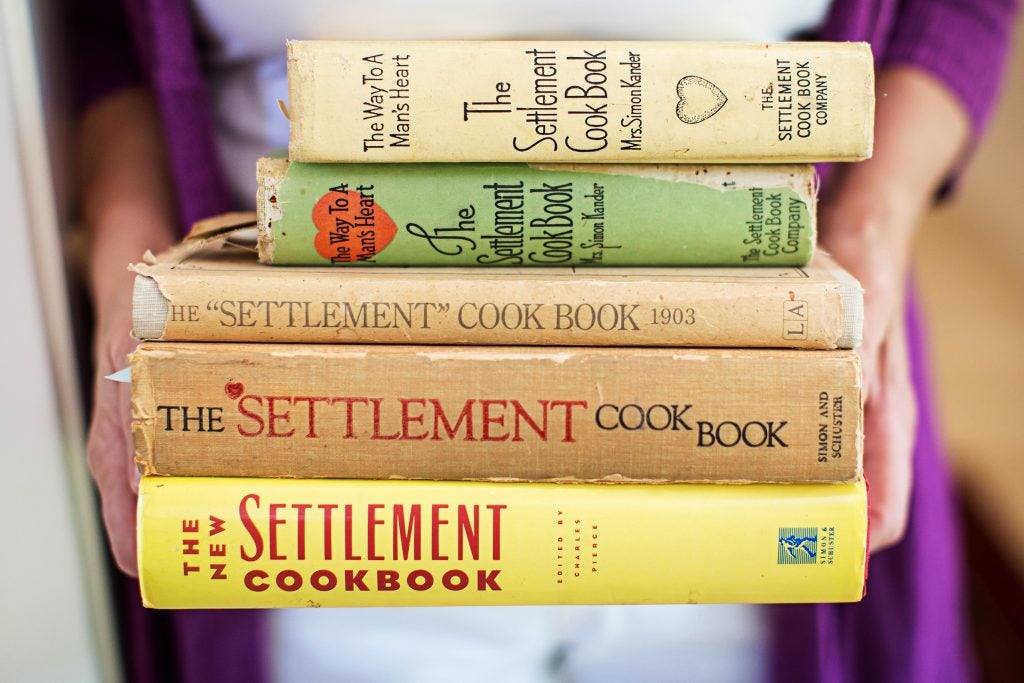
feature
The Settlement Cookbook: 116 Years and 40 Editions Later
Originally written as a pamphlet for young immigrant women, The Settlement Cookbook’s many editions have defined and documented the story of Jewish cooking in America.
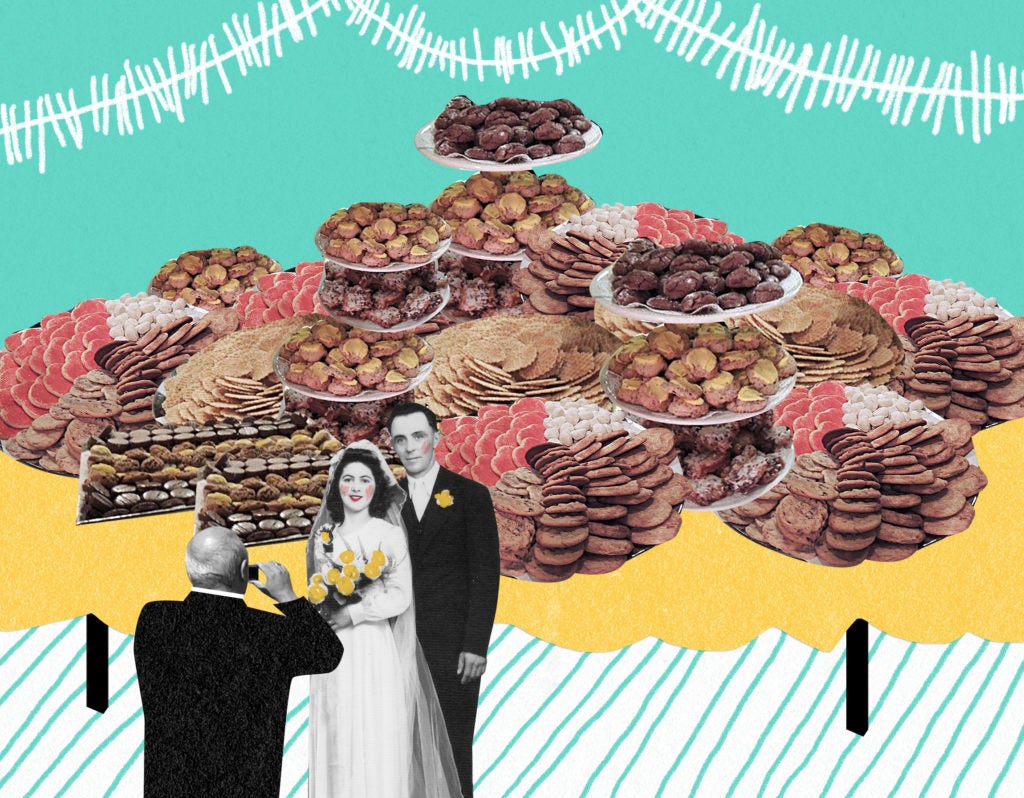
feature
Pennsylvania’s Best Wedding Tradition Is the Cookie Table
A Depression-era holdover in Pittsburgh lets your dessert station double as a party-favor buffet.
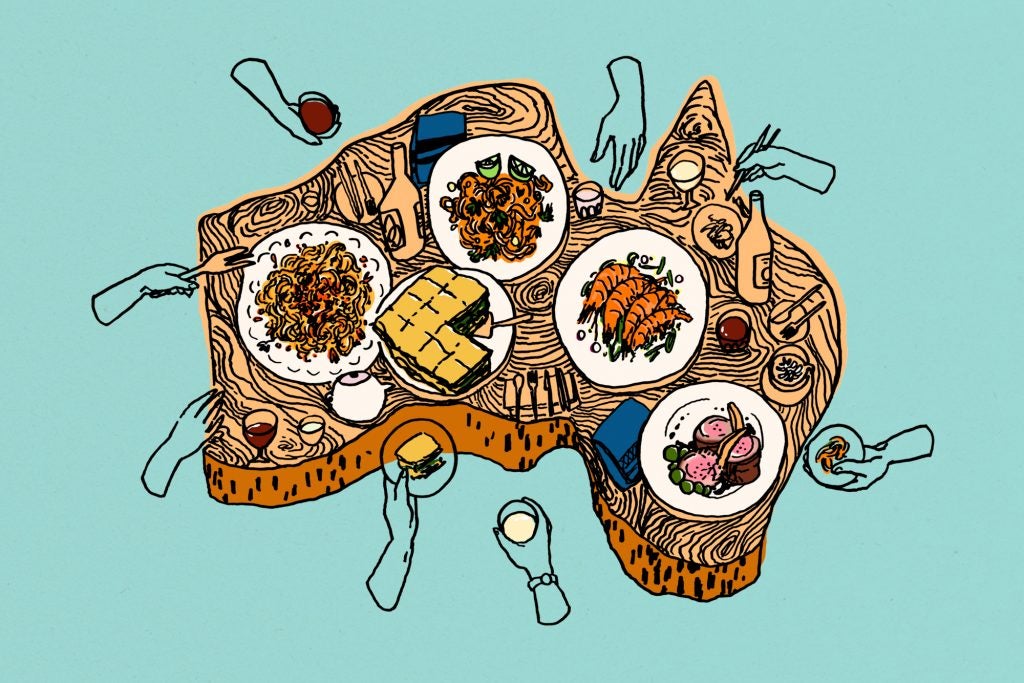
feature
What Is Australian Food, Really?
Consider, for just a moment, what you know of Australian food. We’re all throwing prawns on the barbie, adding beetroot to our burgers, and smearing strange, salty, coal-hued Vegemite on toast—meanwhile, there are kangaroos bouncing down every main street. Well, okay, there are, but it depends which suburb you’re in. And yes, crustaceans add sophistication to any soirée. As for beetroot on burgers? You bet. And Vegemite? Once you get the butter, bread, and spread ratio correct, it’s a revelation. But generalized perceptions are rarely the rule.
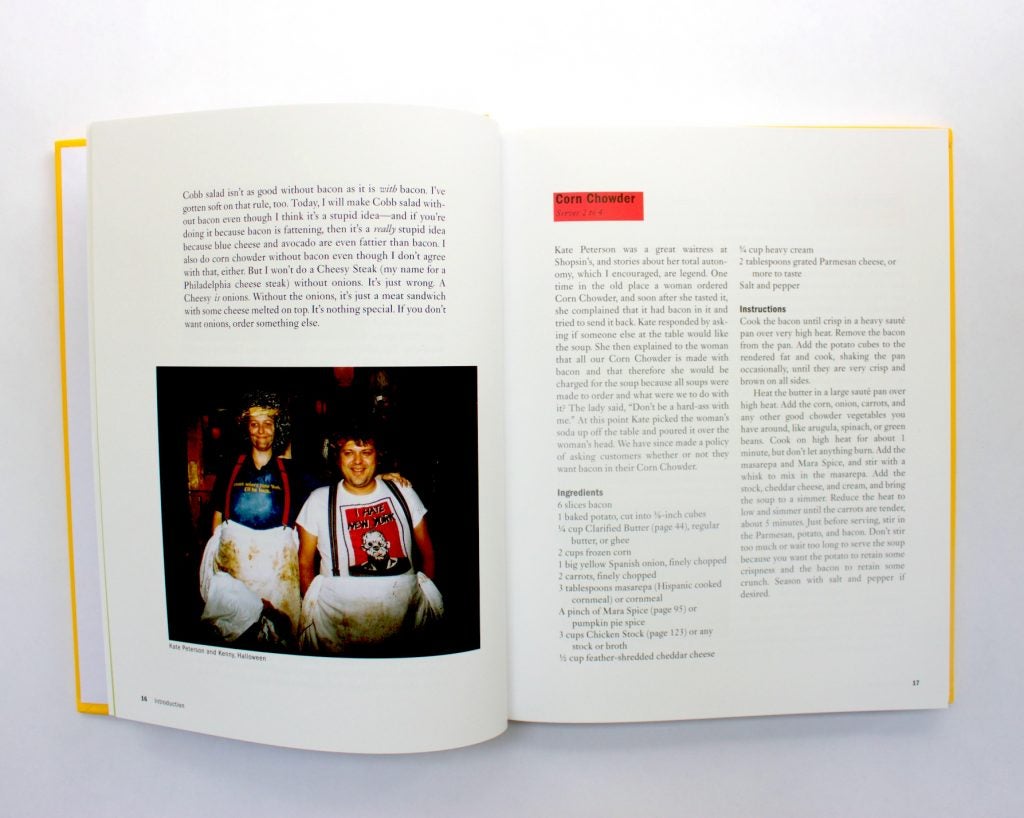
feature
The Zen of Ken
How Kenny Shopsin’s pioneering book Eat Me taught me to stop worrying and love the cookbook.
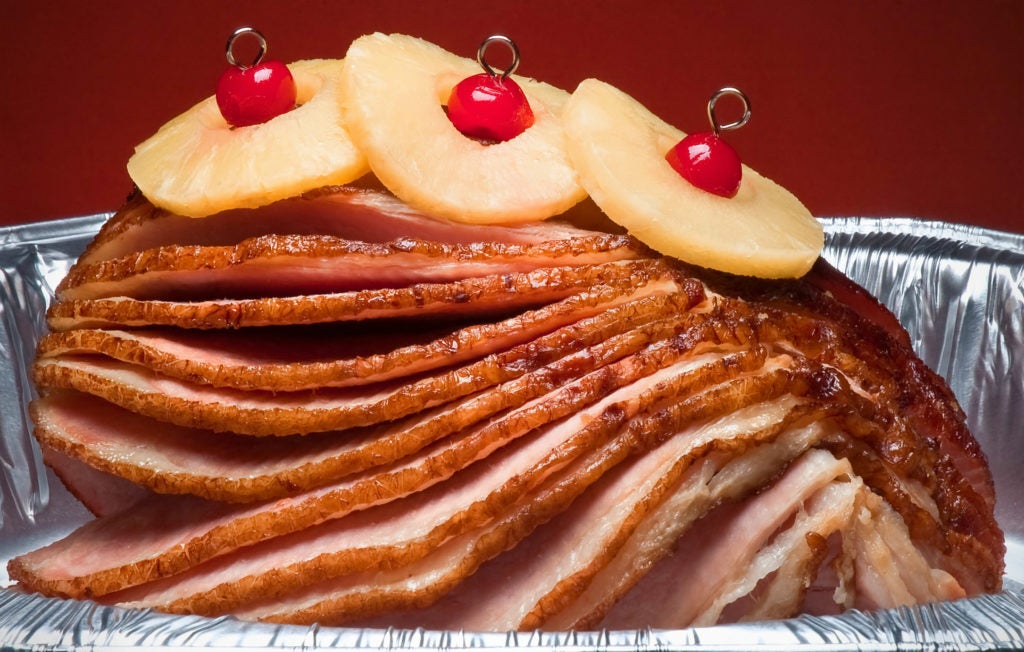
feature
Ham and Pineapple: A Long and Happy Marriage
How an unlikely pairing became a classic in the canon of Weird and Great American Cooking.
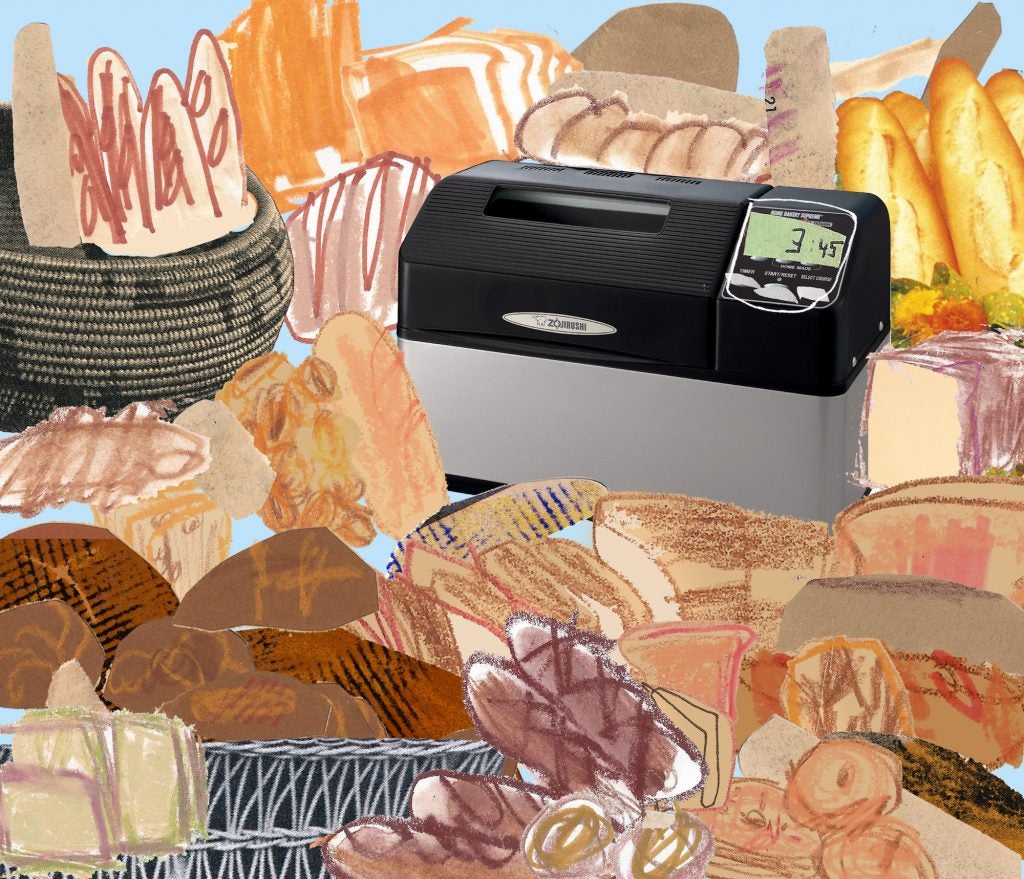
feature
What Ever Happened to the Bread Machine?
In the ’90s, 25 million Americans had bread machines. Today, they’re starting to come back.